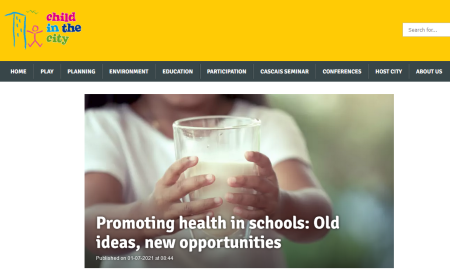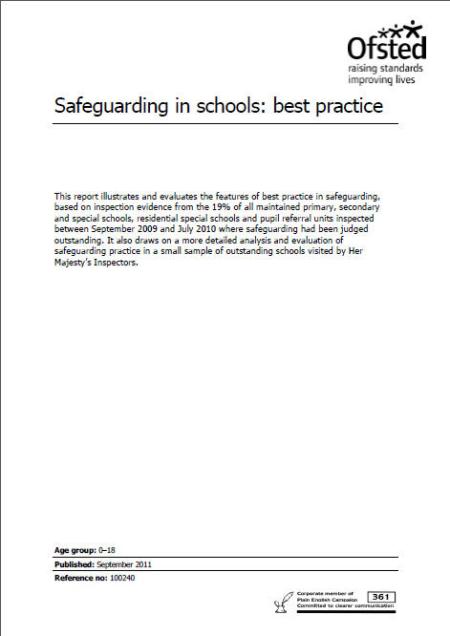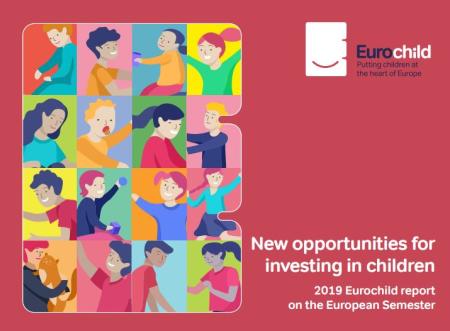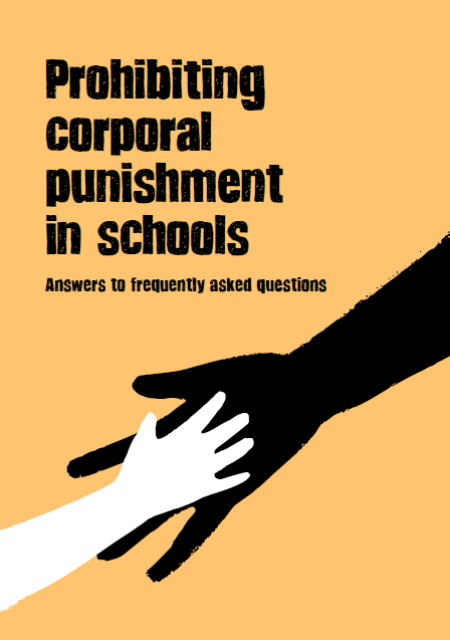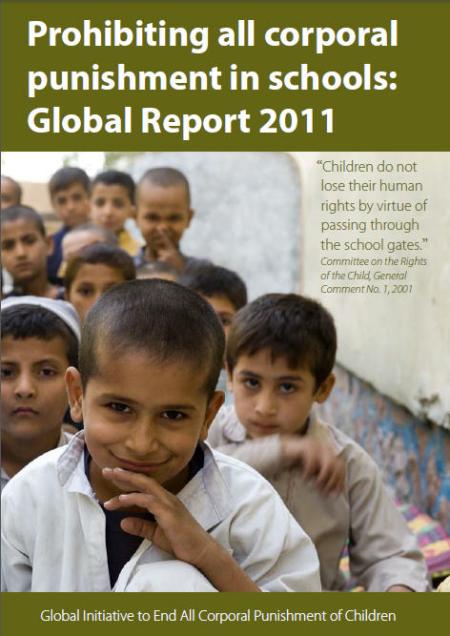
Defined by the World Health Organization (WHO), the promotion of health in schools means the emergence of schools that 'continuously strengthen their capacity as a healthy environment for living, learning and working', for all members of the school community.
In addition to the fact that the school deals with meeting the specific needs for successful learning and the healthy lives of children, the meal (healthy breakfast) program is recognized as a strategy for achieving favourable results in students' learning. The wider choice of cultural and sporting activities that schools provide, together with different opportunities for learning and guiding students, equally affect their health and well-being — both now and in the future.
Over the past 25 years, there has been a growing global interest in schools that promote health. Evidence of the benefits of these activities include educational engagement, improved physical activity, eating the right amounts of fruits and vegetables, and social and emotional well-being.
But decades after the WHO first launched health-promoting schools, there is still a wide gap between the ideals set for health-promoting schools as originally conceived and the current realities. Several high-income countries have genuinely embraced the idea of improving the situation, but it is even more challenging in resource-poor environments, where students could potentially benefit the most.
Researchers in health and education from the University of Melbourne and the Murdoch Children's Research Institute are working to answer the question of why there is still a gap between the more advanced countries that have embraced this concept and the poorer ones.
Health promoting system
As part of the WHO and UNESCO initiative to 'create from every school, a school that promotes health', a systematic assessment, review of global policy and development of case profiles of eight low- and middle-income countries was conducted.
Some identified barriers to the implementation and sustainability of health promoting schools around the world included:
- Educational standards and policies often do not relate to the health and well-being of students; the concept may rely on one enthusiastic teacher who does not always have the necessary support.
- Within governments, educational standards and policies have often failed to address the health and well-being of students from a school-wide perspective, and vice versa.
Based on the findings and indicators, WHO and UNESCO developed systems and guidelines for the implementation of health promotion in schools.
Global standards should serve as an organizational framework that will primarily guide governments and policy makers to support sustainable and measurable health-promoting schools that can adapt to a particular context, including in low-resource environments.
LIVING, LEARNING AND WORKING

There are eight global standards that define how this can be achieved, from investing in resources, through incorporating health promotion into the curriculum and providing school-related health services. Global standards should serve as an organizational framework that will primarily guide governments and policy makers. Read about Key Messages of the Global Standards and Implementation Guidelines here.
IMPACT OF COVID-19
School closures and learning disruptions linked to the COVID-19 pandemic have clearly emphasized the value of schools — not only as places of learning, but also as communities within which social and emotional well-being is created. Thus, in addition to services, investing in prevention and access to health for the population, such as health promoting schools that address social and structural factors, is equally crucial in reducing the burden of mental health problems in children and young people. The United Nations' vision to 'make every school a school that promotes health' is continuous and requires a strong governance system, investment in capacity building, productive cross-sectoral cooperation and an in-depth assessment of the links between health and education.
More about this article can be found here.


